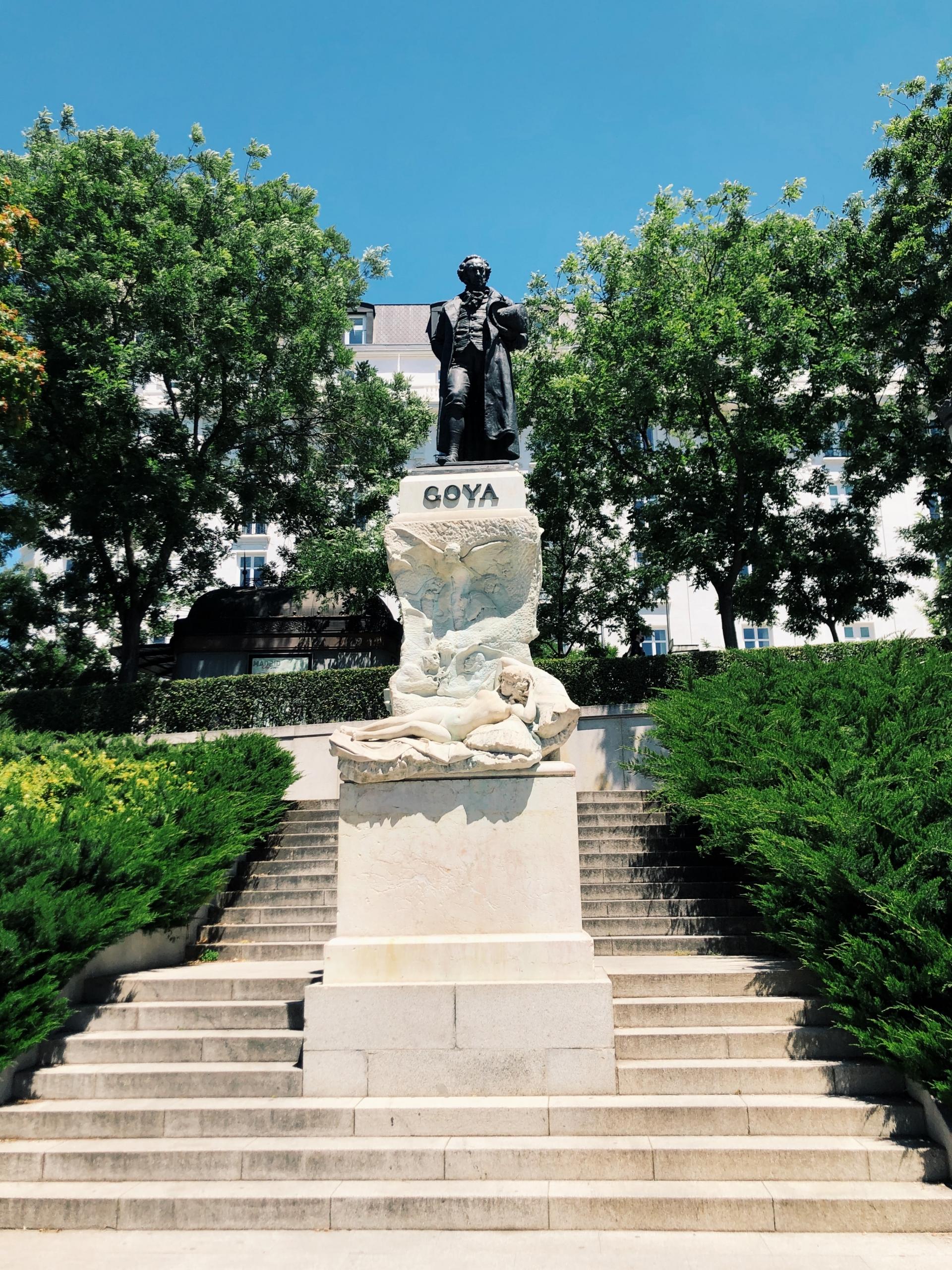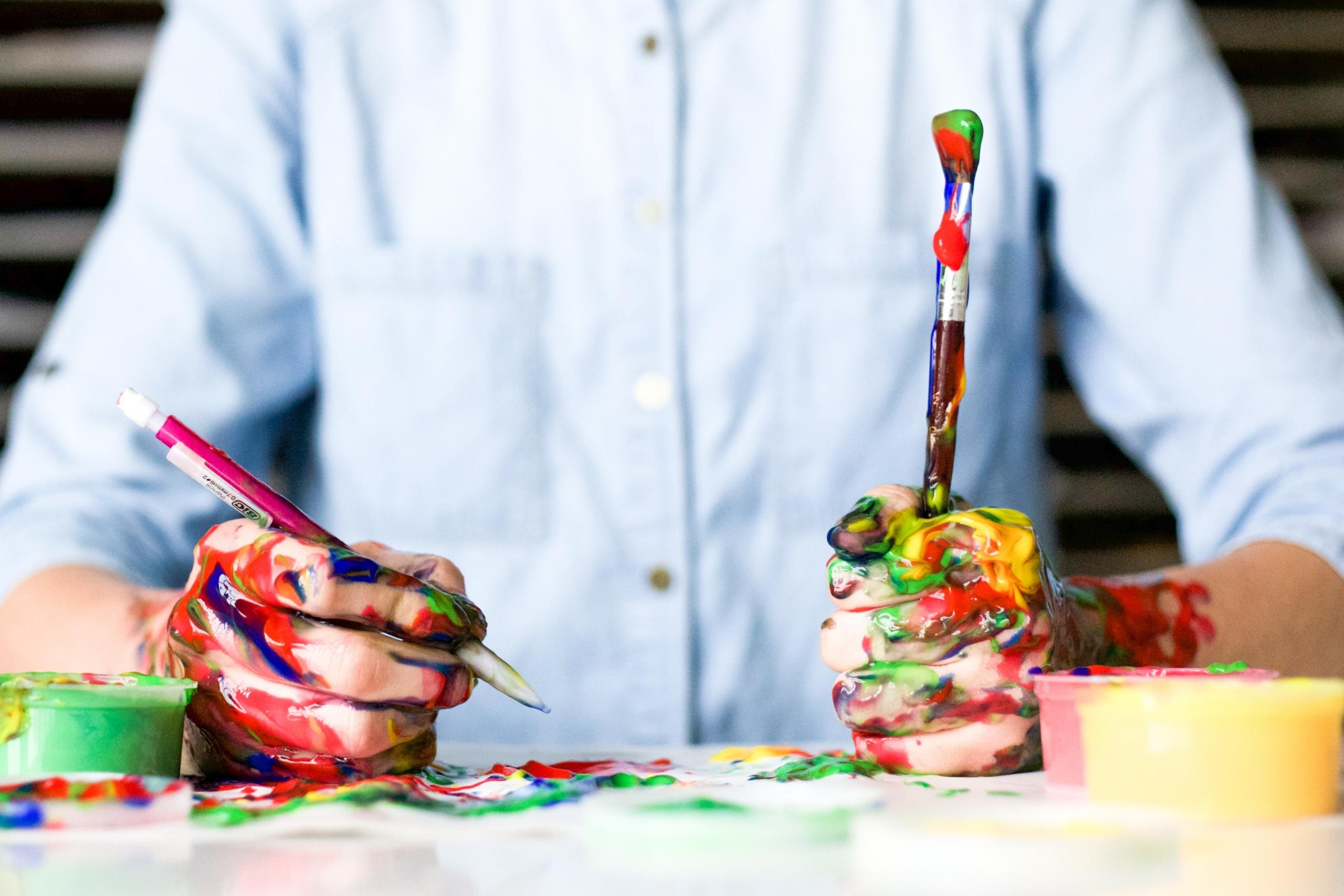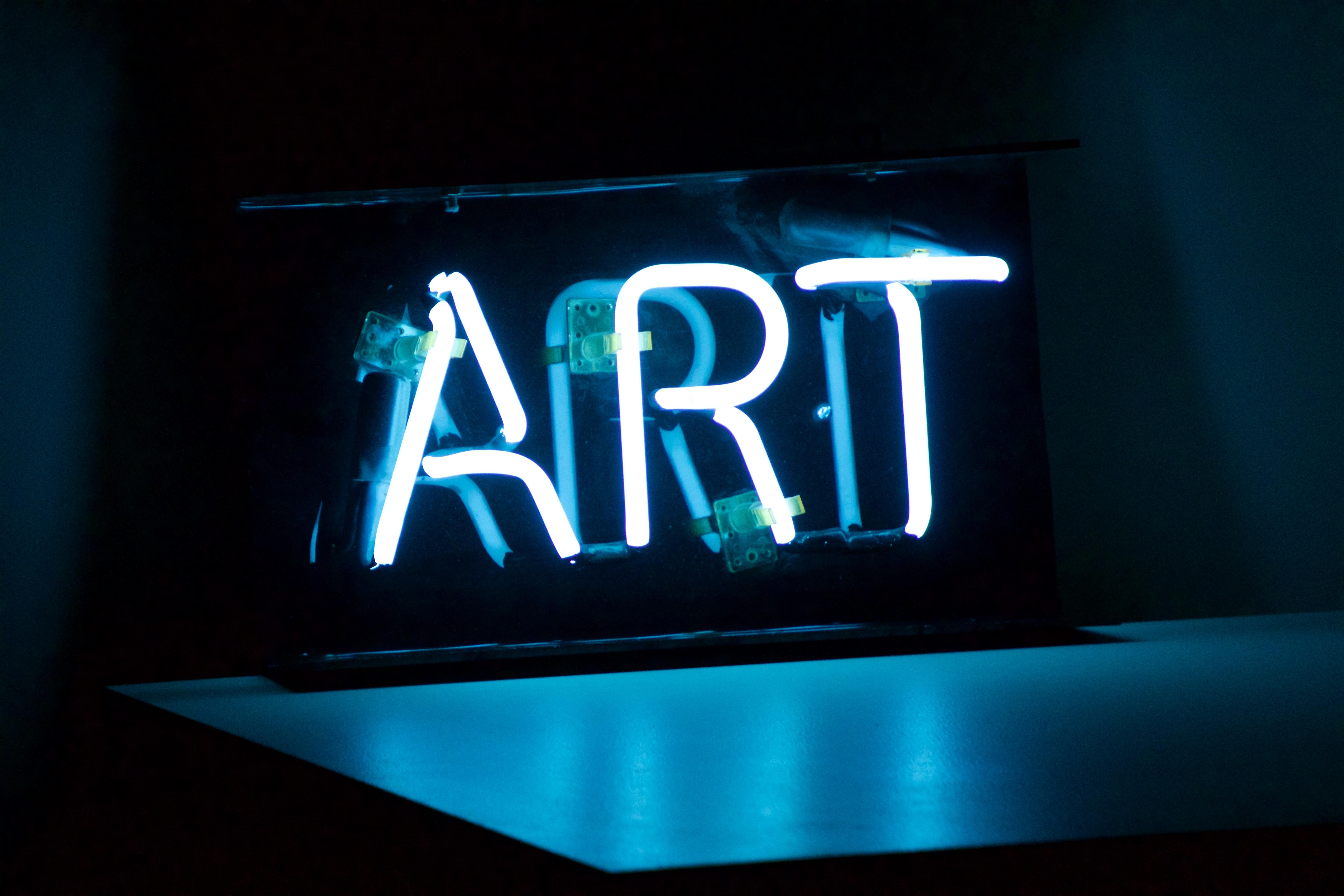"Romanticism was more than merely an alternative to a sterile classicism; romanticism made possible, especially in art, a great expansion of the human consciousness." -Edward Abbey
Art is one of the few things on this planet that is truly free, expressive, and wholly creative. No matter the language, the culture, or the country of origin, we can all enjoy the beauty of artistic renderings such as paintings, drawings, and sculptures. To make things even more enjoyable, not all can be marvel at art from our generation or era, but we can also be inspired by art pieces from past generations and centuries. When we open our eyes to art's different techniques, strategies, and unique characteristics from other periods, we develop a more sincere appreciation for artistic things. So, without further ado, to help our readers to continue their exploration of art history, let's take a look at the era of Romanticism.

Defining the Romanticism Period
While a person may understand artistic techniques and greatly appreciate paintings, drawings, or sculptures, they may not identify the different art periods throughout history and why they are named a certain way. For example, have you ever heard of the Romanticism period? If not, you're not alone, and there is no need to fret since we will provide you with all the information you need to know. For example, in the simplest of terms, the Romanticism period can be defined as an artistic movement that started in the late 18th century and was at its peak from 1800 to 1850 in Europe. While many individuals might think that the Romanticism period only had to do with paintings and sculptures, it's worth highlighting that literature and music were also positively influenced in the Romantic era. The Romanticism era mainly occurred in England and France and is viewed by art historians as a response to the aftermath of the French Revolution. The blurring of stylistic boundaries is evident in the Romantic period. But why is it called the "Romantic" period? While origins of the name may differ based on the expertise of one person to another, most accredit the term "Romanticism" to the fact that during that period in the 1800s, there was a sharp shift from the more classical methods and Romanticism focused on the imagination, fantasy, nature, and simplicity of things. Let's take a more profound look into the unique characteristics of the Romanticism era in the following subheading.
Features That Define the Romanticism Age
Just like every person, place, and thing is unique and different from the other, the Romanticism period can say the same. Romanticism paintings, books, songs, and buildings can be identified as different when compared to other periods based on the following features:
- The brushwork of artists in the Romanticism age when less precise and looser than during other periods,
- The Romanticism era focused on emotions, feelings, and moods of all persons,
- Romanticism art pieces were highly varied and included people, landscapes, peaceful beauty, religion, and revolution.
Though there are some other characteristics of Romanticism, the art era can be defined by the great quote from Friedrich that claims that "the artist's feeling is his law."

Well-Known Art Pieces of the Romanticism Period

- The Raft of the Medusa: an oil painting completed in either 1818 or 1819 by French Romanticism painter Theodore Gericault, The Raft of the Medusa is the most easily recognised piece of art from the Romantic period. The painting was completed when Gericault was only 27 years of age, and it depicts a terrifying moment of war after a French ship was destroyed.
- Liberty Leading the People: a painting that has become an icon, Liberty Leading the People was painted by artist Eugene Delacroix and was created to commemorate the July Revolution of 1830. Liberty Leading the People is located at the Louvre in Paris and has been reenacted and observed countless times in the past two centuries.
- Wanderer Above the Sea of Fog: German painter Caspar David Friedrich's magnum opus, Wanderer Above the Sea of Fog, is an oil painting created in 1818. It has been considered a masterpiece of the Romanticism era.
By googling pictures of the three previously mentioned paintings and carefully observing them, curious individuals educate themselves about the Romanticism era.
Renowned Artists of Romanticism

- Eugene Delacroix: born in 1798, French artist Eugene Delacroix was one of the most sought after Romantic artists in Europe during the 1800s. Many experts of art view Delacroix as the top French artist of the Romanticism period. He gained inspiration from Renaissance artists in Venice and Baroque paintings from the past. Eugene Delacroix enjoyed intense, dramatic, and romantic scenes or images. In addition, he had a significant influence on artists from the Impressionist movement.
- Caspar David Friedrich: a painter of German origin who gained a lot of attention in the 19th century for his landscape paintings that were extraordinarily detailed and breathtaking. Friedrich's landscape paintings evoke an emotional response to the natural world. Friedrich is considered to be the founding father of the German Romanticism movement.
- Theodore Gericault: the painter of arguably the most recognised painting from the Romanticism era, Theodore Gericault is credited as the brilliant artist of The Raft of the Medusa. Gericault was of French origin, and though he died young, he fabricated many impressive "oeuvres d'art."
- Francisco Goya: the only Spaniard on our list, Francisco Goya was not only a Romantic painter but also a printmaker who is considered by historians to be the most important Spanish artist of the 19th century. Goya had a lot of success during his lifetime (very rare for painters) and is known for his paintings that depict the horrors of war.
By checking out one, two, or three of the famous works from the previously mentioned painters, you will gain an insight into the world of Romanticism art.
Hiring a Private Art Tutor to Learn More About the Romanticism Time

- Experienced Tutors: one of the most incredible things about Superprof is that there are so many qualified tutors to choose from, regardless of the topic you are learning. Many Superprof art instructors boast fancy accreditations and decades of teaching experience.
- Engaging Lessons: while you may struggle to appreciate the teaching methods of your classroom instructors, it's worth highlighting that private tutors provide entertaining and informative classes that are tailored to the needs of each individual.
- Affordable Rates: if you previously had the erroneous viewpoint that e-learning and private tutoring was outrageously priced and only accessible to the rich and famous, you need to think again. Since the start of the 21st century, the cost of hiring a private tutor has become highly affordable. No matter the budget, you can find an art tutor on Superprof.
We can assure all students that hiring a Superprof tutor to learn more about Romanticism is a brilliant idea that you are not likely to regret. In conclusion, becoming familiar with the Romanticism era allows curious artists to dive deeper into the art history that has shaped the techniques we commonly use today.















